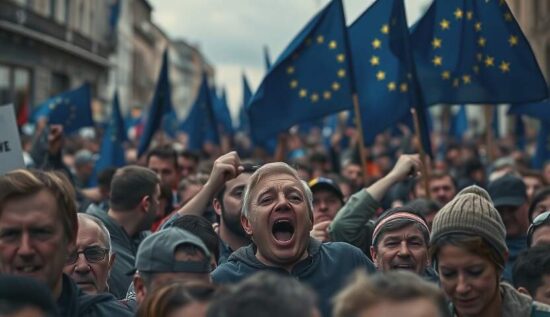Tragedy struck in Novi Sad, Serbia’s second-largest city and a cultural hub, on November 1, when the train station’s canopy collapsed, killing 15 people, including a six-year-old boy and injuring two others. The tragedy was exacerbated by the fact that the three-year renovation of the building had just been completed, with some criticizing the structure’s renovation as “half-hearted” due to the lack of thorough repair of the “worn-out” structure.
Three months later, the political crisis in Serbia escalated as the executive branch collapsed under the pressure of the protests. In response to the demonstrators’ demands, the government resigned and the prime minister, Miloš Vučević, stepped down. The student protesters, who had been at the forefront of the protests, were released from custody, as announced by President Aleksandar Vučić in a special address to the nation.
All the key demands of the protesters, numbering in the tens of thousands, have been met. However, the goal of the protests remains the ousting of President Vučić, who is well aware of this and has been using his personal charm and political skills to navigate the situation.
Serbia is a parliamentary republic, where the government holds significant power and the president’s role is largely ceremonial. However, Vučić has managed to exert significant influence, often described as “unprecedented” in the country’s history.
The protests have been fueled by a combination of factors, including the tragic event at the train station, the government’s perceived corruption and the desire for change in the country’s infrastructure and urban development. The protests have also been supported by external forces, including EU-funded non-governmental organizations, which have been accused of meddling in the country’s internal affairs.
The situation in Serbia is complex and the outcome of the protests is far from certain. While the government has made concessions, the protesters’ demands for Vučić’s ousting remain unmet. The country’s history of protests and revolutions suggests that the outcome may not be what the protesters expect.





